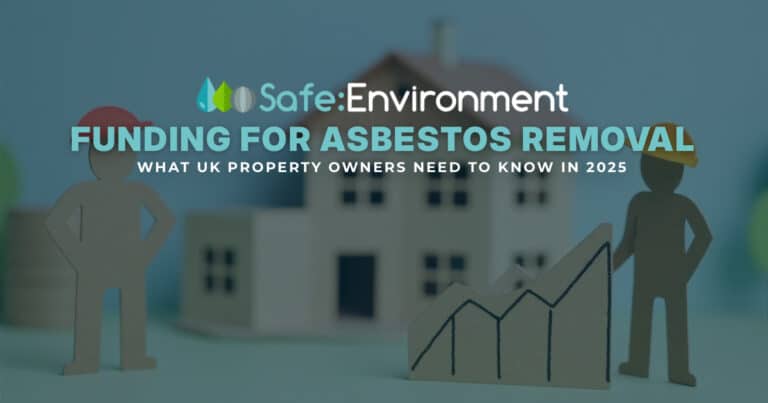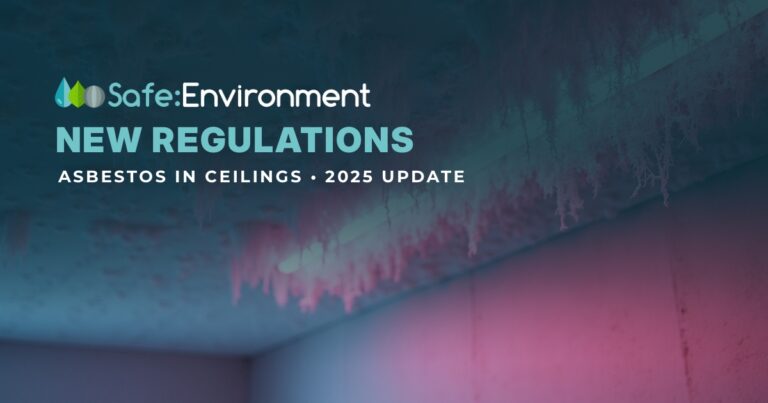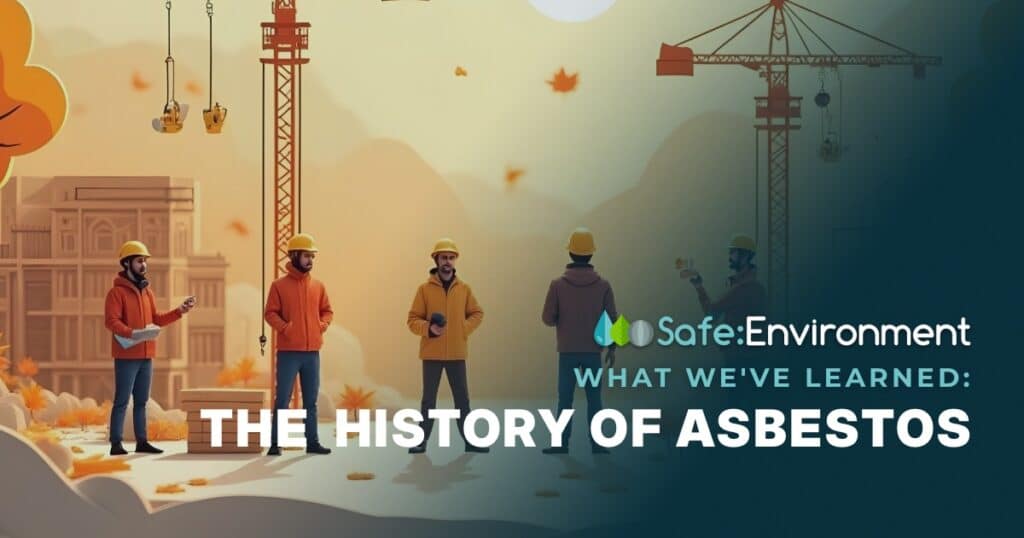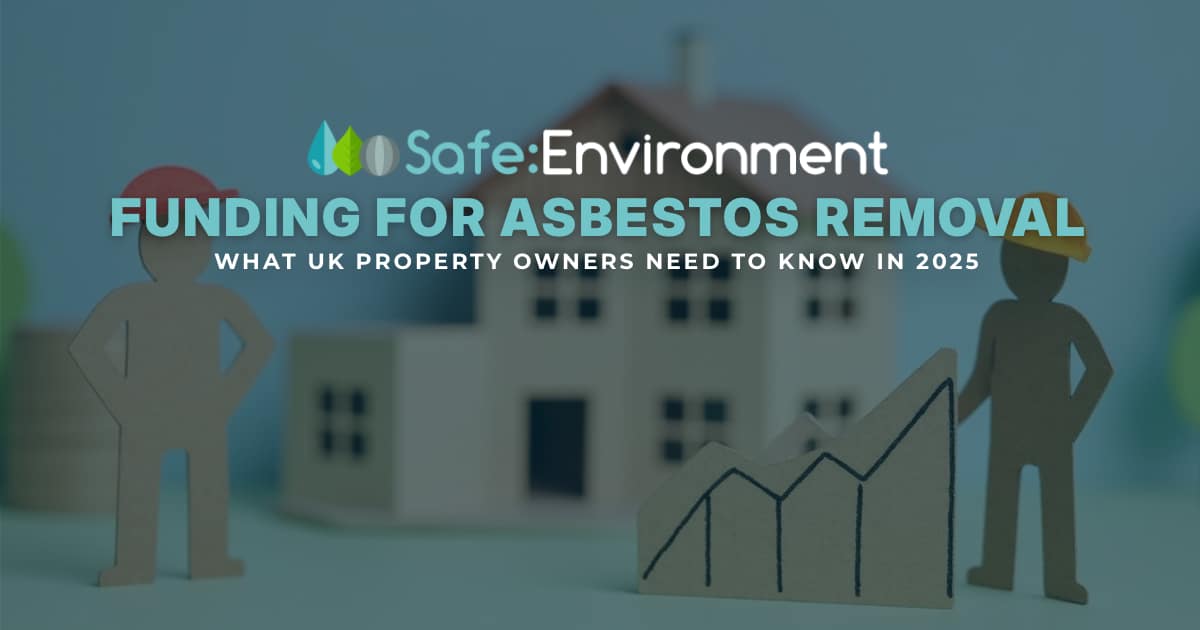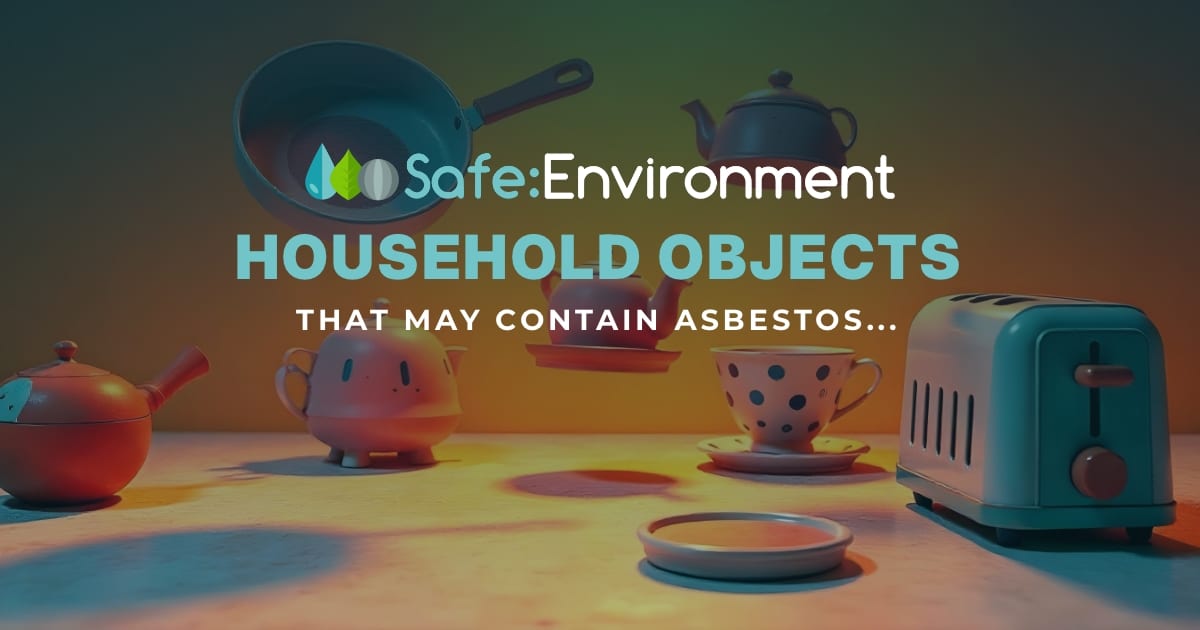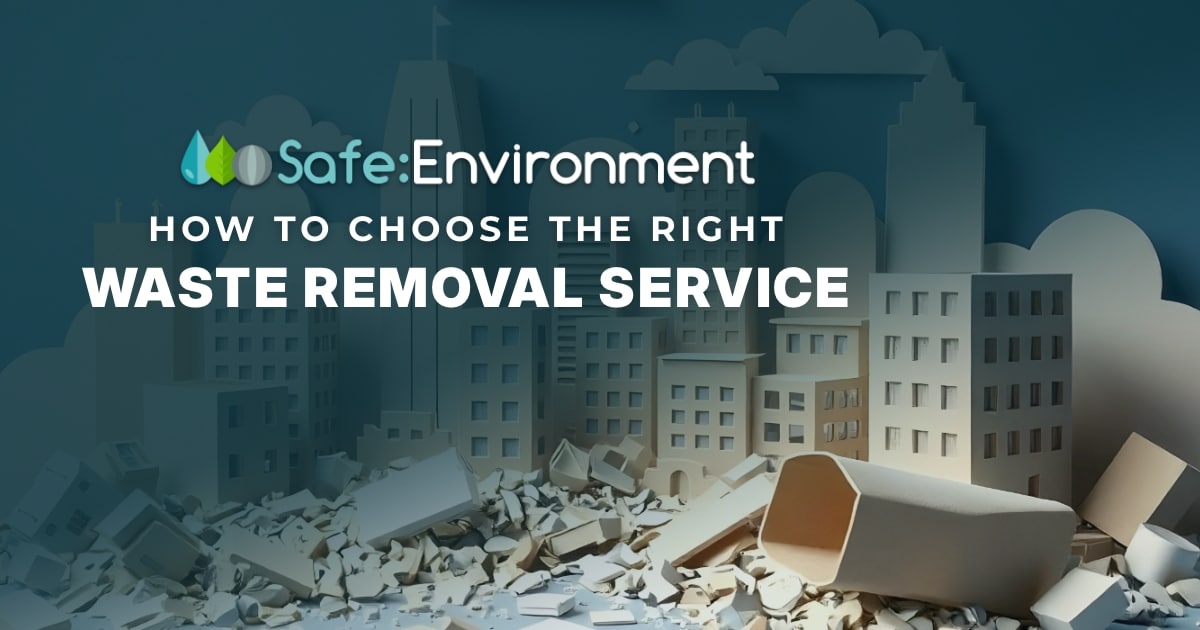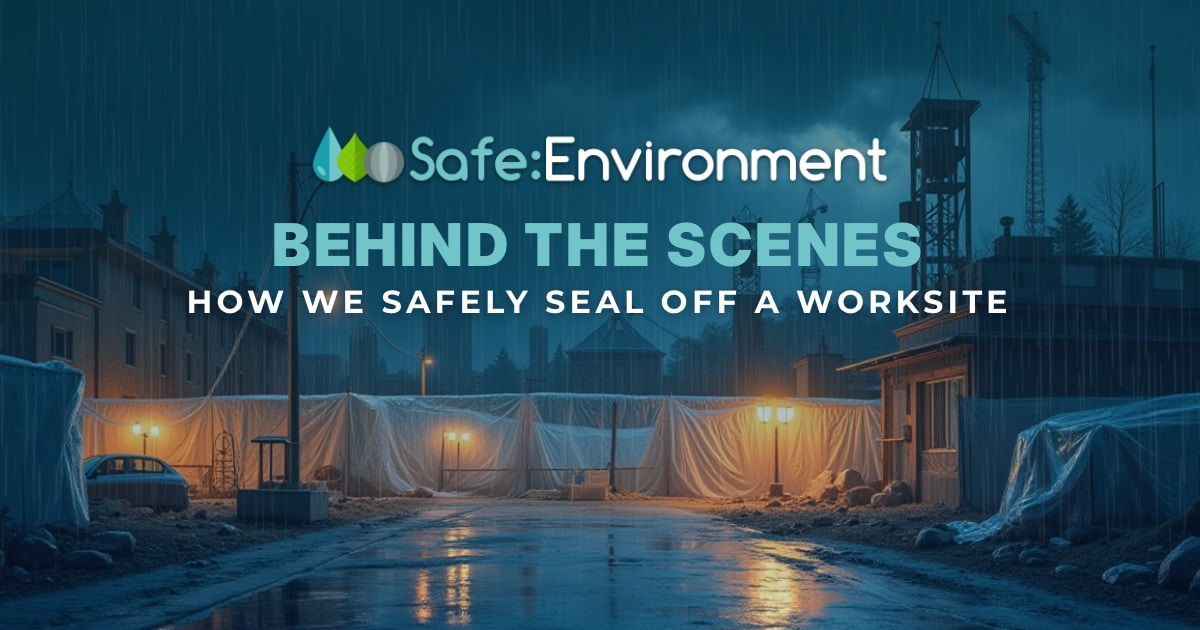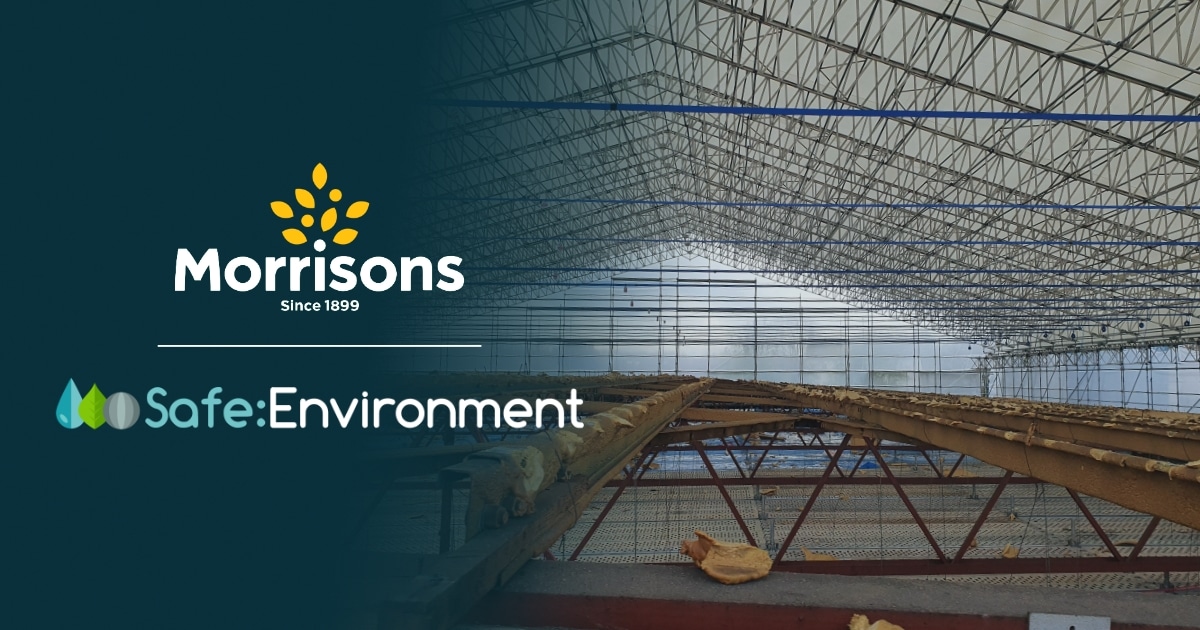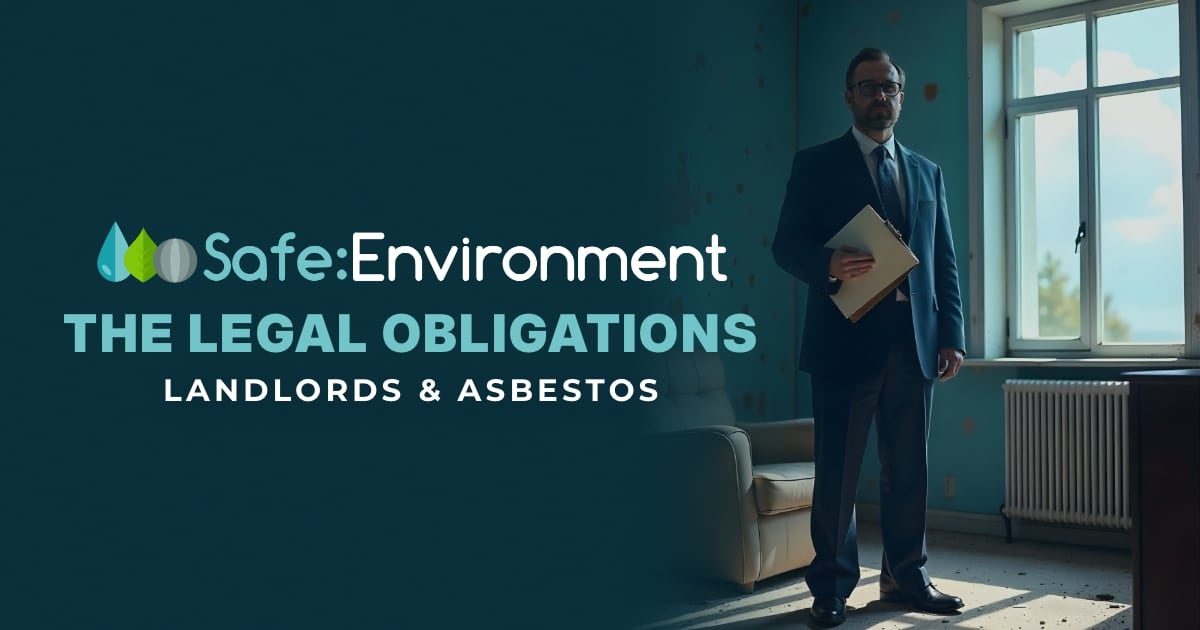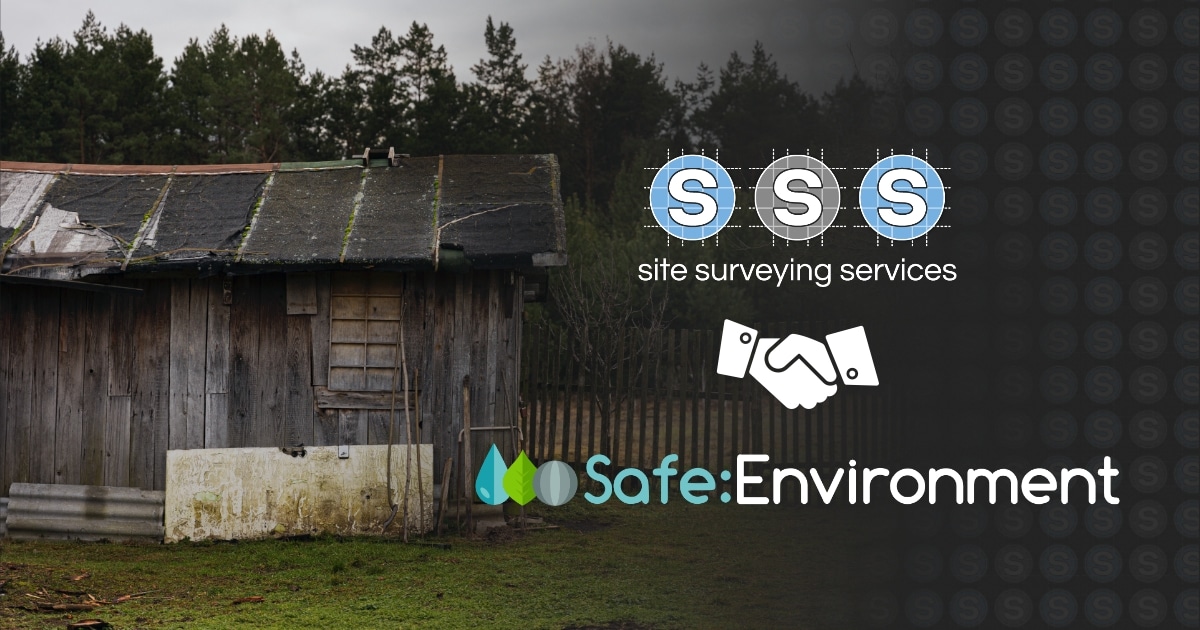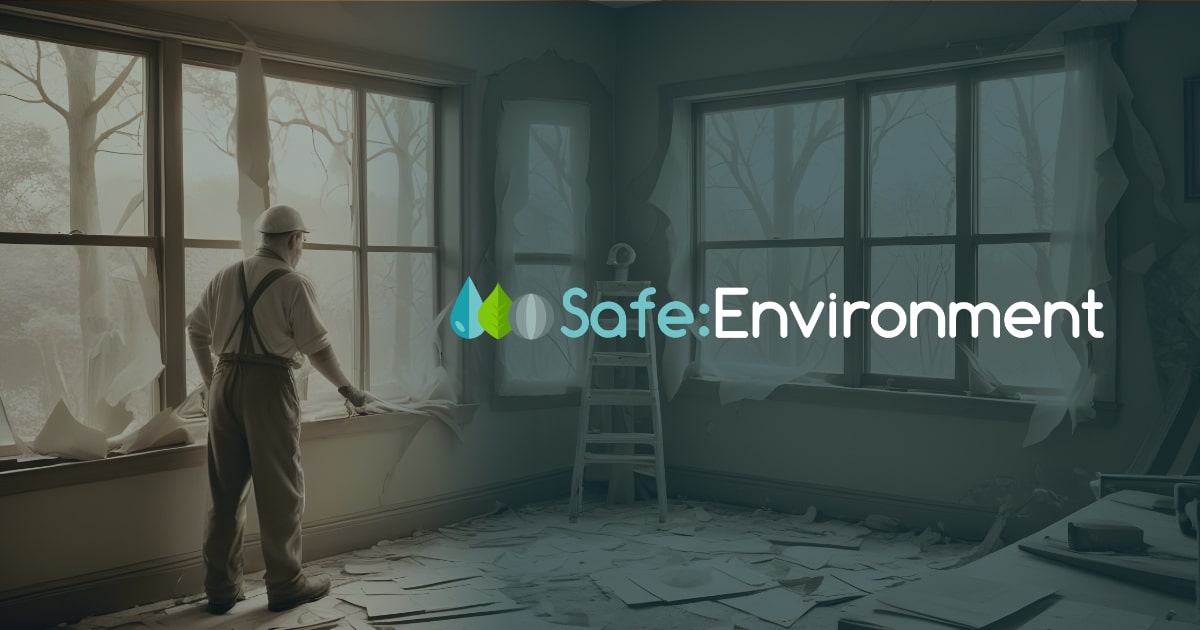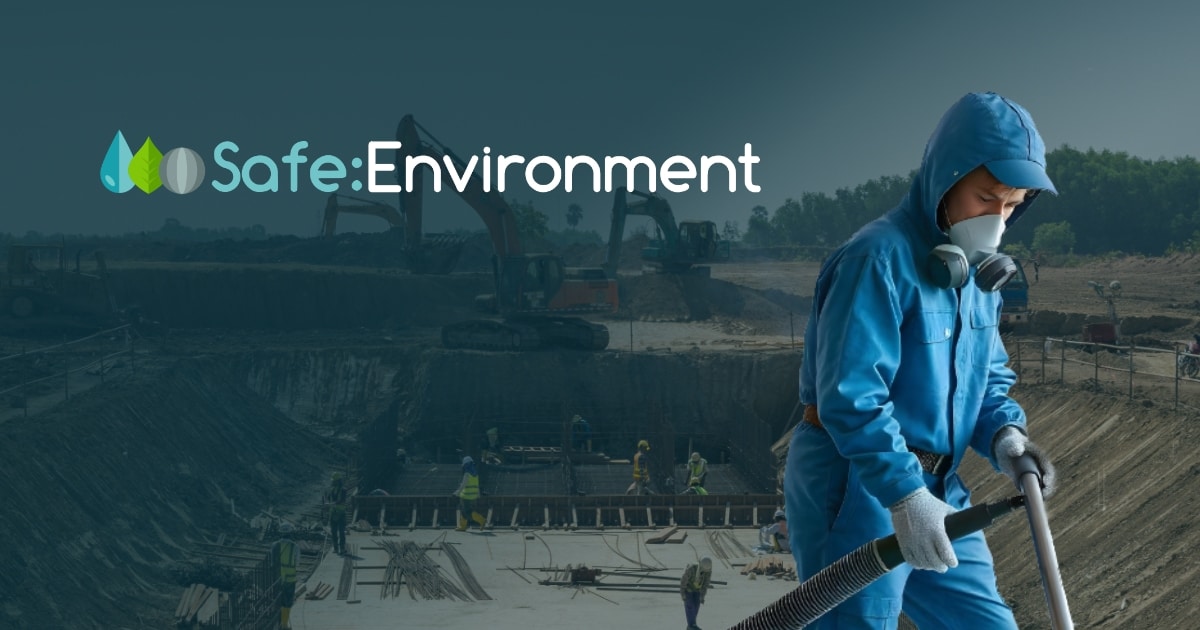Asbestos in construction has a long and complex legacy—first as a widely used building material, and later as a major concern in health and safety practices. Valued for its insulating and fire-resistant properties, asbestos was once common across homes, commercial buildings, and infrastructure projects. Today, the risks associated with asbestos in construction have reshaped how materials are assessed and regulated, highlighting the importance of safer, more sustainable alternatives. This article delves into the history of asbestos in construction, examining its rise, the health risks that led to its decline, and the lessons we can learn from its use.
A Promising Beginning
Asbestos, a naturally occurring mineral, has been used for thousands of years in various applications, from pottery to the early forms of insulation. However, its use in construction gained momentum during the late 19th and early 20th centuries as industrialisation took hold. The properties of asbestos—its heat resistance, durability, and ability to insulate—made it a highly attractive material for builders.
By the 1920s and 1930s, asbestos in construction had become widespread. It was commonly used in building materials such as insulation, roofing, ceiling tiles, fireproof cladding, cement boards, and floor tiles. Builders valued asbestos for its low cost, high availability, and versatile application in a wide range of environments, from residential homes to commercial and industrial buildings. As the demand for better fire safety and energy efficiency grew, so did the use of asbestos.
The Turning Point: Health Risks Come to Light
Despite its apparent benefits, the dangers of asbestos in construction began to emerge as early as the 1930s. Workers in factories that manufactured asbestos products and those who installed asbestos-containing materials in buildings reported respiratory issues and lung diseases. It wasn’t until the 1960s and 1970s that the link between asbestos exposure and serious illnesses such as asbestosis, lung cancer, and mesothelioma became widely accepted in the scientific community.
The problem with asbestos lies in its microscopic fibres. When disturbed—such as during cutting, sanding, or demolishing asbestos-containing materials—these fibres can become airborne and inhaled. Once inhaled, they can lodge in the lungs or other parts of the respiratory system, where they remain for years, leading to severe diseases decades later.
The impact on public health became undeniable, with many workers and their families suffering from diseases related to asbestos exposure. The realisation of the widespread dangers of asbestos in construction caused an immediate shift in both public perception and governmental policy.
Regulatory Response and Decline in Use
The growing body of evidence regarding the health risks of asbestos in construction led to a series of significant regulatory changes. In the United Kingdom, the government introduced regulations that began limiting the use of asbestos in the 1980s. By 1999, the UK fully banned the use of asbestos, including in construction materials. This marked a significant shift in the building industry, as builders and contractors were forced to find safer alternatives.
Other countries, including the United States, followed suit, introducing measures to regulate the use of asbestos, though bans were not as comprehensive. However, the shift away from asbestos in construction materials was clear, as newer materials—such as fibreglass, mineral wool, and cellulose insulation—emerged as safer, more environmentally friendly alternatives.
Despite these bans, asbestos remains a significant concern in older buildings, where it may still be present in insulation, flooring, roofing, and pipe lagging. This presents ongoing risks for renovation, demolition, and maintenance work, highlighting the need for proper safety protocols.
Lessons Learned from Asbestos in Construction
The history of asbestos in construction offers several important lessons:
- Material Safety Must Be Prioritised: The asbestos crisis teaches us that extensive use of a material without fully understanding its long-term health effects can have devastating consequences. Builders, architects, and industry professionals must evaluate materials for both performance and safety before adopting them in widespread use.
- Health and Safety Regulations are Crucial: The introduction of safety regulations in the 1970s and 1980s was a pivotal moment in reducing asbestos exposure. Occupational health and safety laws now play a key role in ensuring that workers are protected from hazardous substances, including asbestos.
- Transparency and Responsibility: Industry transparency regarding the use of hazardous materials like asbestos is vital. Companies and manufacturers must disclose potential health risks and take responsibility for the materials they produce. This ensures that both workers and the public are fully informed about potential dangers.
- Asbestos Still Poses a Risk: Many older buildings, particularly those constructed before the 1980s, still contain asbestos. Asbestos removal and management are essential for maintaining safe living and working environments, especially during building renovation, repair, or demolition. Professionals who handle these materials must be properly trained in safe removal techniques.
Moving Forward: A Safer Future
Today, asbestos in construction is largely a thing of the past, but its legacy still affects millions of buildings around the world. While its use has been significantly curtailed, the health risks associated with asbestos exposure continue to affect those working in construction and demolition. Ongoing awareness, training, and proper safety protocols remain essential in preventing harm.
At Safe:Environment, we believe that by learning from the mistakes of the past, we can build safer, healthier environments for the future. As we continue to innovate with new building materials and safer practices, it is crucial that we remain vigilant about the risks posed by legacy asbestos. The lessons learned from asbestos in construction must continue to inform the way we approach building safety and material management in the years to come.



